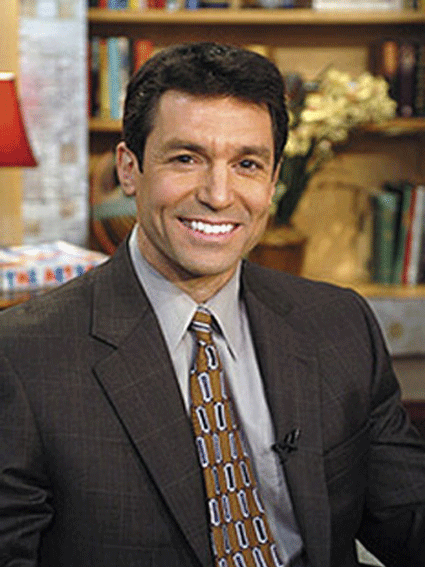
Diet and Health
 |
By: Dr. David L. Katz* |
Nutrition Value
Supersizing Nutrition
I don’t watch a lot of TV, but when I do, I see countless commercials peddling the kind of food I advise my patients (and you) to avoid: sugary, salty, creamy, high-calorie and oversized.
The ad blitz’s unifying message: More is good, bigger is better -- like the hamburger that can’t fit through doorways, or the competition to see whose sub is closest to the size of a real submarine.
For a message to get this kind of play, it must make sense, right?
Wrong. Even in a recession, bigger is not necessarily better. We all care about value, now more than ever. But in food, we measure value completely wrong.
Throughout most of human history, calories have been relatively hard to get, with physical activity unavoidable. Now we’ve devised a world where schedules and technology make physical activity hard to get, and calories unavoidable.
Not so long ago, maximizing calories per dollar (or effort) was a good measure of food’s value, since calories were in rate-limiting supply in the struggle to survive.
In our world of epidemic obesity, awash in calories and labor-savers, maximizing calories per dollar is simply a formula for making it cheaper and easier to get fat and sick -- hardly a measure of value.
Since value is on everyone’s mind in this economic downturn, we need to know what it means and how to measure it. Measure it wrong and we get bad results, such as family-size servings of the foods likeliest to speed us and our children toward chronic disease -- and to boost health-care costs in the bargain.
If that’s what we want, the food industry is more than happy to give it to us.
We have a consistent, compelling body of science, gathered over nearly two decades, to show that diet is on the short list of factors mediating our vulnerability both to chronic disease and to premature death.
Eating too much of the wrong foods significantly increases our risk for obesity, diabetes, heart disease, stroke and cancer -- and of dying too young.
Eating well, along with being reasonably active and avoiding tobacco, can reduce the overall risk of chronic disease and premature death by as much as 80 percent.
In an age of obesity, the all-you-can-eat buffet and the supersized hamburger are no bargain. Admonishing children to clean their plates made sense when those plates might not be filled tomorrow; no longer. As for those starving kids in China -- pediatric obesity has become epidemic there, too.
Raising the number of calories per dollar simply reduces the cost of achieving outcomes no one wants. In fact, most people saving money on their way toward obesity will gladly spend a fortune to lose the weight they gained so cheaply. Thus, we have a multibillion-dollar weight-loss industry.
We have a precedent for changing our mind about what matters, and how we measure it. Cars aren’t valued as much anymore for their off-road capability, zero-to-60 acceleration or top speed. Amid global warming and financial caution, fuel economy matters more.
The true measure of food value in the modern age is nutrition per dollar. If we maximize the nutrition we get per dollar spent, we minimize the cost of vitality. More nutrition per dollar: That’s a measure to live by.
and Director of the Prevention Research Center at the Yale University School of Medicine.
He is and Editorial Advisor to Prevention Magazine, Columnist for O, the Oprah Magazine,
and a Medical Consultant to ABC News. He may be reached at www.davidkatzmd.com.